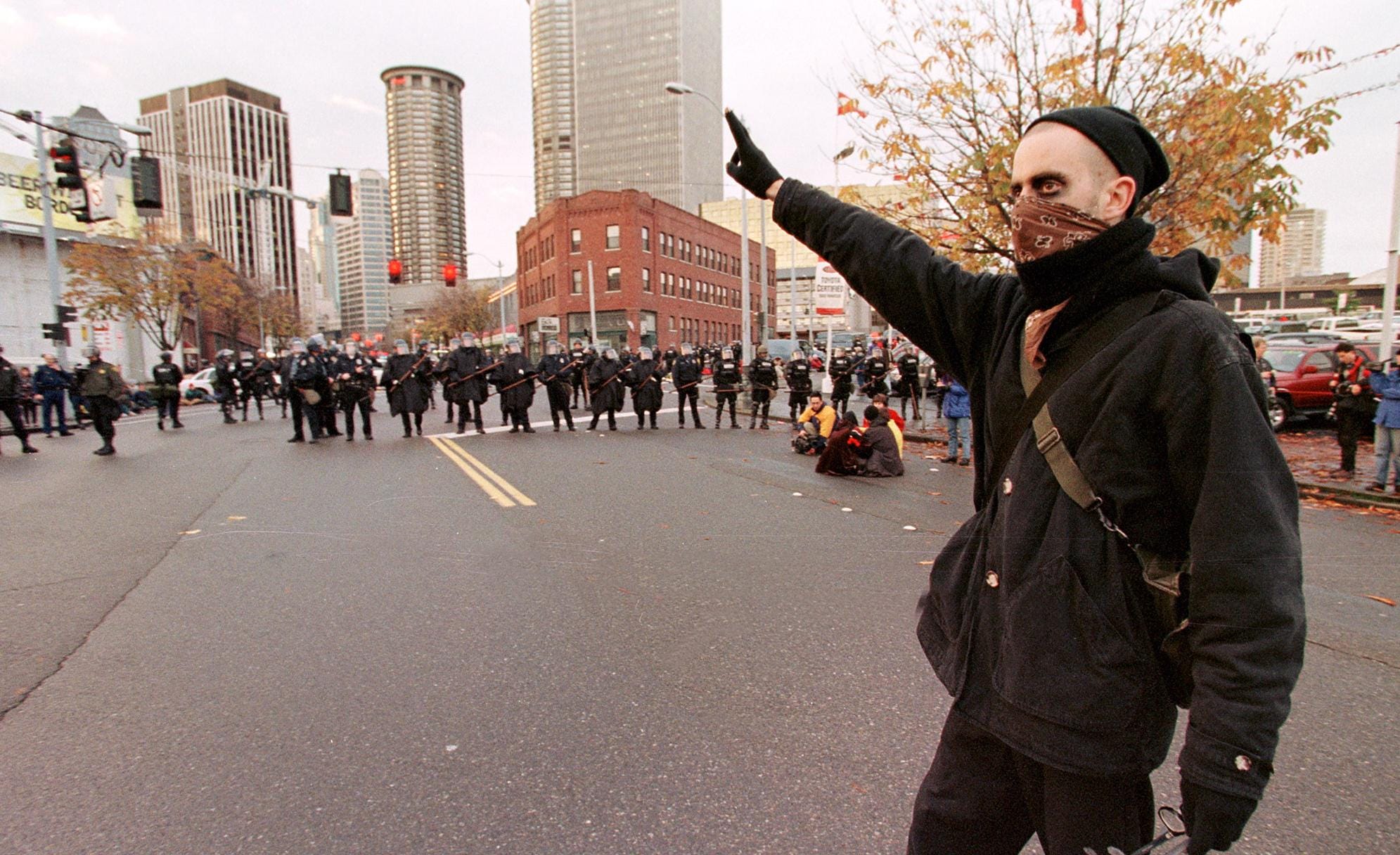
#TRADE BLOCS FREE#
Some benefits envisioned for a free trade zone in North American have been partly realized by the lowering of tariff barriers but there is room for improvement.Ī side effect of NAFTA has been the growth of the companies called “maquiladora”-facilities for manufacturing or assembly of duty-free components. The immediate benefit of NAFTA to importers who bear responsibility for paying import duties was to eliminate tariffs on a number of items and schedule the rest for phaseout over the subsequent five, ten, or 15 years. Unassembled goods and goods classified with their parts that do not meet the Annex 401 rule of origin but contain 60 percent regional value content using the transaction method or 50 percent regional value using the net cost method.Goods produced in the NAFTA region wholly from materials originating in the region.Goods wholly obtained or produced in the NAFTA region.

To provide a sense of how tricky this can be, here are the four provisions for determining which goods qualify for preferred treatment: However, some documentation requirements remain to challenge exporters and importers in the region-along with perhaps deeper problems arising from cultural and political differences, the movement of labor and companies across borders, and inadequate infrastructure in Mexico.

Under NAFTA, a large number of tariffs were dropped immediately and the rest scheduled for gradual elimination. The North American Free Trade Agreement of 1994 aims to create a unified free trade zone comprising Canada, the United States, and Mexico by eventually eliminating all barriers to trade such as tariffs and other protective measures. You will discuss more about it, in the diploma in supply chain management program, which is offered by AIMS, UK. Some of the larger regional trading blocs include the North American Free Trade Agreement (NAFTA), the European Free Trade Association (EFTA), the Caribbean Community (CARICOM), the African Union (AU), the Union of South American Nations (UNASUR), the Eurasian Economic Community (EurAsEC), the Arab League (AL), the Association of Southeast Asian Nations (ASEAN), the Central European Free Trade Agreement (CEFTA), and the Pacific Islands Forum (PIF). These blocs are very important for the successful operation of logistics companies like Pinnacle Logistics. (This is not be confused with an employee collective bargaining group.)Ĭountries can belong to a variety of different trading blocs, and the World Trade Organization tracks the status of proposed blocs.There are also regional trading blocs that form when nations within a particular region join together to reap the benefits with easy setup. In these instances, “union” refers to a group of two or more countries that form a unit that shares the same philosophies on certain aspects of trade.

Customs and monetary unions (made up of customs and currency unions share the same external trade policy and currency).Economic unions (made up of common market and customs union as described above).Common markets (made up of free trade area in which physical, technical, and fiscal barriers are reduced as much as possible).



 0 kommentar(er)
0 kommentar(er)
